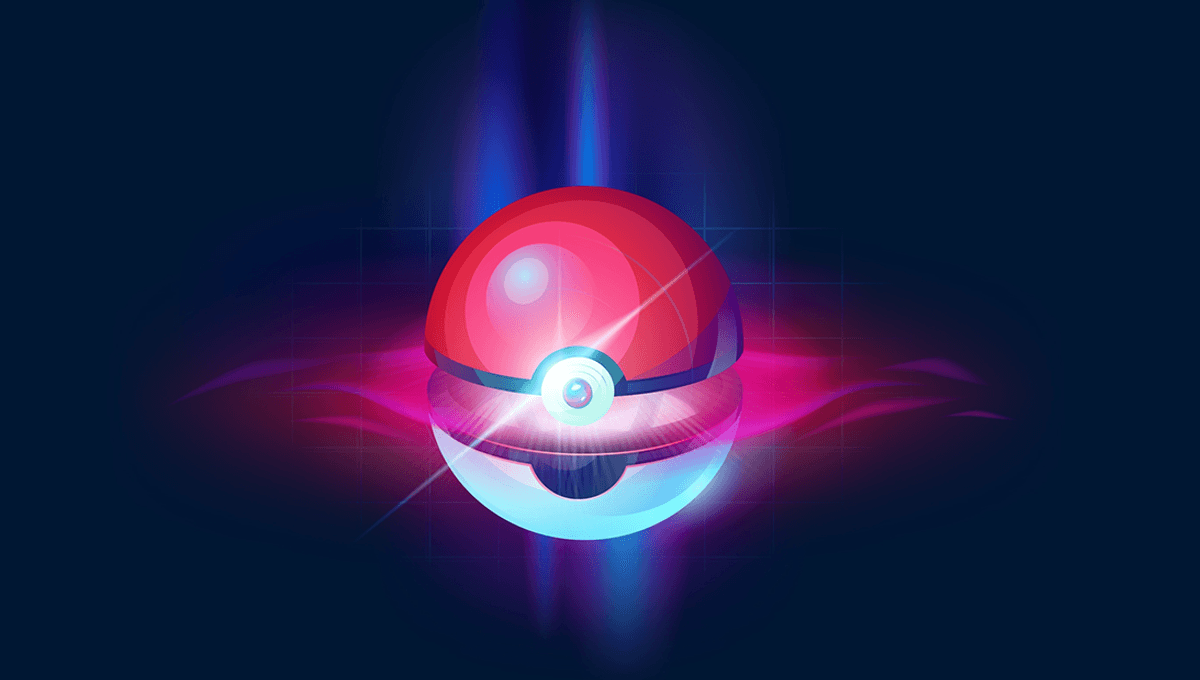
Even if you are a gigantic fan of Pokémon, there’s an episode of the cartoon it’s unlikely you’ve seen. On December 16, 1997, Dennō Senshi Porygon aired in Japan for its first and final showing.
The episode – which roughly translates as “Computer Warrior Porygon” – sees Pikachu, Ash, et al. deal with a faulty Monster Ball transfer machine by journeying inside it with digital Pokémon Porygon. Inside the computer, the team are about to be killed by antivirus software when Pikachu unleashes one of his trademark electric attacks. It was this part that appeared to affect audiences.
“At 6:51 PM, the flashing lights of Pikachu’s ‘attack’ appeared on television screens,” investigator Benjamin Radford and sociologist Robert Bartholomew wrote in a 2001 study. “By 7:30 PM, according to Japan’s Fire-Defense Agency, 618 children had been taken to hospitals complaining of various symptoms.”
Symptoms, collated later via questionnaires of medical professionals and children in pediatric clinics after the episode aired, included seizures, headaches, nausea, vomiting, vertigo, blurred vision, and an ensuing depression. The apparent problem was compounded later on that night by news reports into the incident, with the result that reports of illness eventually topped 12,000.
“During the coverage, several stations re-played the flashing sequence, whereupon even more children fell ill and sought medical attention. The number affected by this ‘second wave’ is unknown.”
The following day, the TV station pulled Pokémon from the air (re-instating it when the outrage had died down), and the episode has never been aired since. In the aftermath, a strobe effect on screen while Pikachu launched his attack was blamed for the mystery symptoms. But was that correct? Almost certainly not.
Though a small small fraction of the children who fell ill were diagnosed with photosensitive epilepsy, attributed to the flashing of Pikachu’s attack, most were not diagnosed with the condition, and experienced other, short-lived symptoms much more associated with mass hysteria, compounded by the media and talk in the schoolyard.
“The Pokemon episode meets many of the criteria for epidemic hysteria,” the team wrote in their paper. “Many of the children’s symptoms had no identifiable organic basis; other than the verified cases of seizures, the symptoms reported were minor and short-lived; the victims were nearly exclusively school children in early adolescence; and anxiety from dramatic media reports of the first wave of illness reports was evident.”
Given that photosensitive epilepsy affects around 0.025 percent of the population and yet nearly 7 percent of viewers in some areas were affected, it’s unlikely that this is the explanation for almost all of the cases. The team hypothesizes that the hysteria could have spread from people witnessing epileptic seizures, or hearing reports second hand from the media or fellow schoolchildren. No similar reports have been made about other episodes of the program, despite the animation style being the same.
The paper is published in the Southern Medical Journal.
Source Link: Dennō Senshi Porygon: The Pokémon Episode Banned After Mysterious "Outbreak"